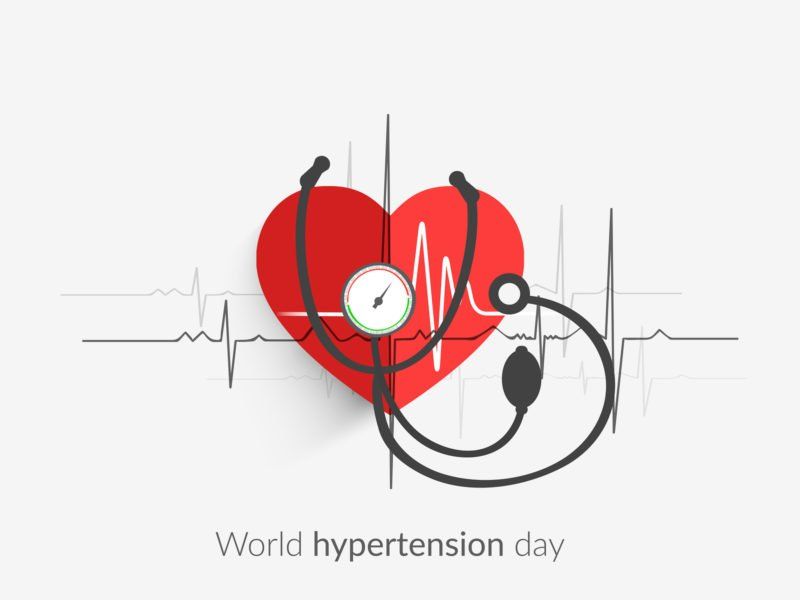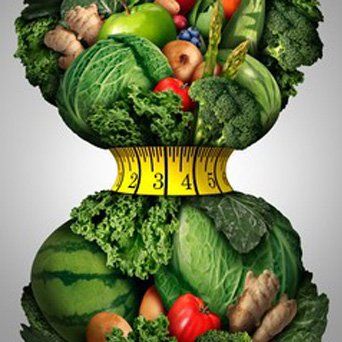How to Cut the Salt for Your Heart and Your Health
How to Cut the Salt for Your Heart and Your Health
I was recently on The Doctors to set the record straight about what too much salt does to our bodies. Studies show that high-salt diets are responsible for 57,000 deaths per year and I have patients who wouldn’t survive such a diet. Anyone who is sodium sensitive, has salt-reactive high blood pressure, diabetes or heart disease needs to limit their salt intake. The same goes for people with a family history of hypertension, which is found in many African-American families. Also, some people become more sodium sensitive as they age and there’s no way to know who these people are before they develop high blood pressure. The easiest preventive? Cut back on salt, especially salt in processed foods. Too much sodium can increase your risk of stroke, heart failure, osteoporosis, stomach cancer and kidney disease.
So how much salt is too much? The safest amount is 1,500 mg, especially if you are in an at-risk group. However, the current USDA guideline allows one teaspoon or 2,300 mg per day for a healthy adult. Although I’d like it to be lower, it’s an improvement over the 3,400 mg of sodium consumed by the average American every day.

The Doctors provide a debate about whether or not salt is healthy or harmful, joined by cardiologist Dr. Nieca Goldberg and “The Salt Fix” author Dr. James DiNicolantonio.
Here’s how to get started cutting back on sodium:
- Eat clean. Skip the processed and prepared foods (one 3-ounce serving of supermarket rotisserie chicken has 279 mg of sodium) and concentrate on getting more fruits, vegetables, whole grains, lean protein and healthy fats.
- Make it yourself. Packaged food makers cut corners by adding salt and sugar. They’re cheap, addictive and allow manufacturers to substitute cheaper ingredients without being noticed. Learn to make your favorite foods yourself with quality ingredients. You’ll use less salt and greatly improve flavor.
- Taste your food. Too many people reach for the salt shaker without even tasting their food. If you follow my advice and make it yourself with little or no salt, a slight sprinkling of sea or kosher salt on top will hit your taste buds in all the right places and still significantly reduce sodium.
- Let your taste buds recalibrate. It will take awhile before you start to appreciate food with less salt. However, you can train your taste buds to appreciate food that’s not swimming in sodium.
- Beware of fad foods. The latest food fad is ramen, but this can be loaded with sodium. Toss the flavoring packet and make your own broth at home with low-sodium chicken stock and lots of veggies.
- Read the label. Before you buy anything, make sure you check the label. I’m deeply appreciative of the recently improved FDA labeling. You might be amazed at how loaded with sodium unexpected thing can be. Some culprits include salted caramel ice cream, breakfast cereals and breads.
- Spice it up. Just because you’re skipping the salt doesn’t mean your food can’t be muy caliente. Just use fresh chilies or add a dash of cayenne or hot paprika. Canned chilies and bottled hot sauce is often loaded with sodium. Or add some heat with cumin, turmeric, coriander and nutmeg. And don’t forget the flavor boost from onions, shallots, fresh ginger and garlic.
- Go for the green. There’s nothing like herbs to add real flavor to any dish. Supermarkets sell fresh herbs year round and they alos do great growing in containers. For extra flavor, whip together the Italian condiment gremolata—a chopped herb condiment made from parsley, lemon peel and garlic. You’ll never miss the salt.
Dr. Nieca’s Tip: You don’t have to sacrifice convenience by cutting out the salt. Roast a second fresh chicken on Sunday with the classic flavors of rosemary, garlic and lemon tucked under the skin. You’ll have flavorful chicken to use all week without a speck of added salt.










